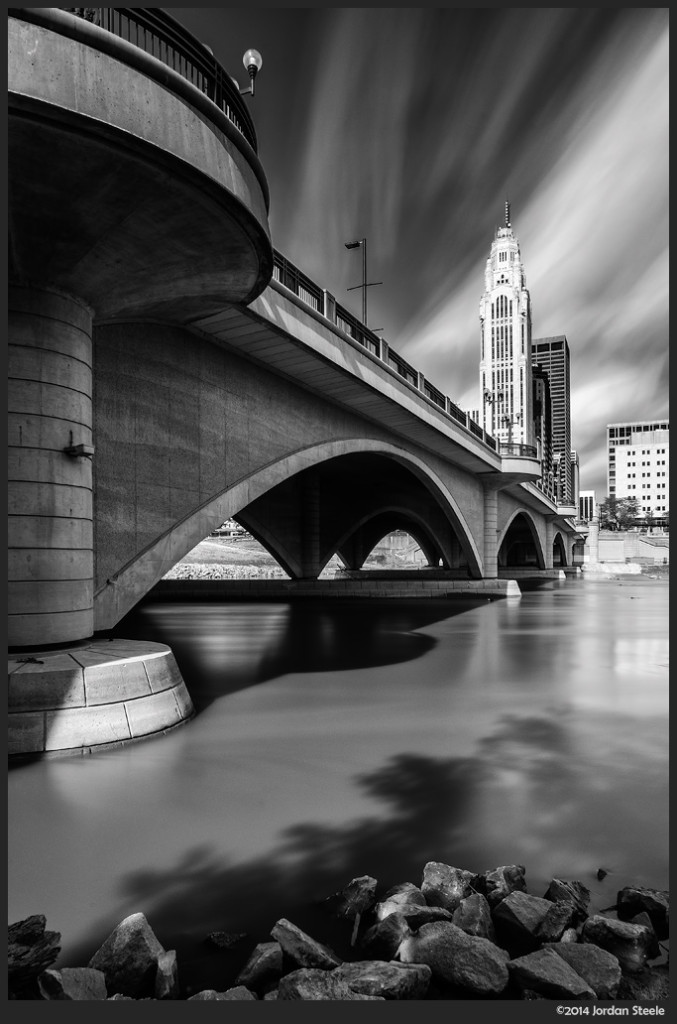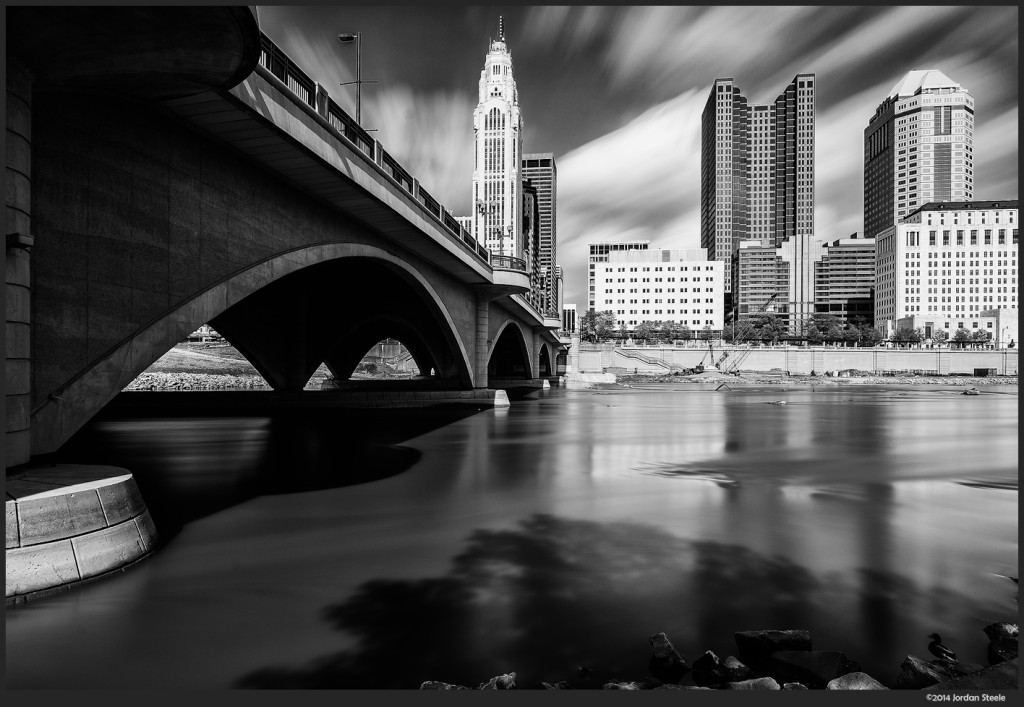There are many ways to add a creative element to your images, and one thing that you may wish to explore is adding time as an element in your photos. You may know about taking long exposures in dim light or at night to get low noise high quality images in dark situations, but longer exposures can also be used in many other situations.
Sometimes I’ll do longer indoor exposures of a person to allow movement to be captured, or I’ll take a longer exposure and intentionally move the camera to get colorful impressionistic blurs. However, you can also use long exposures to add an element of drama or show the passage of time in an otherwise still scene, even when it’s not dark outside. To do this, you simply need some rather strong neutral density (ND) filters. ND filters are one of the more useful filters around. Along with polarizers, they are the among only filters that really still make a tremendous amount of sense for digital photography, as the results can’t be easily replicated in post processing.
For the two shots below, which were taken in mid-afternoon sunlight, I used my ultra-dense 10-stop ND filter (in my case, the Hoya ProND1000), and then added my 3 stop ND filter on top of it. I usually use the 3-stop filter to allow for shooting my fast lenses in bright sunlight at wide apertures, but I noticed that stacking these two ND filters actually doesn’t cause any real image degradation, and both are pretty good filters, so there’s no obvious color cast. When shooting these shots, however, I knew I was going to be processing in black and white, and wanted some nice rich contrasts to photograph.
The river was high on this day, and the clouds were large and puffy, and moving moderately quickly across the sky. With the two stacked ND filters, I set my camera to Bulb mode and attached my remote release. I was able to achieve multi-minute exposures despite the bright sunshine due to the 13 stop reduction in light (that’s an exposure 8000x longer than without the filters). The result: images that have a surreal element of movement in them, to contrast with the solid, immobile stone bridge and buildings. As a side note, I was pleasantly surprised to see that even with both filters stacked, my Fuji X-E2 was still able to achieve accurate autofocus with the filters attached.
Click to enlarge an image







Leave a Reply